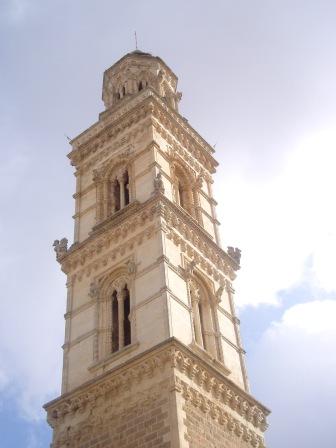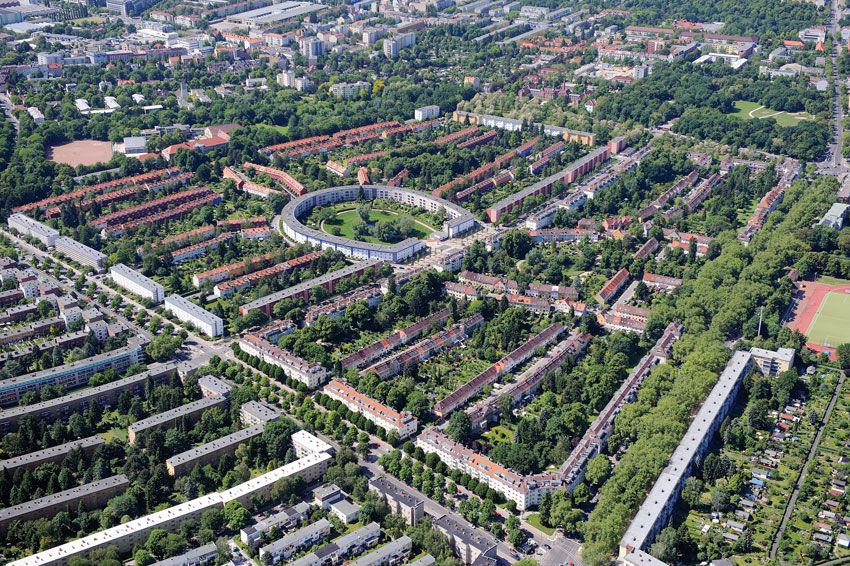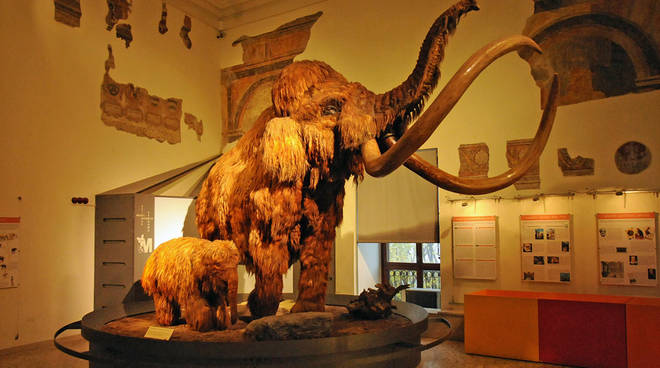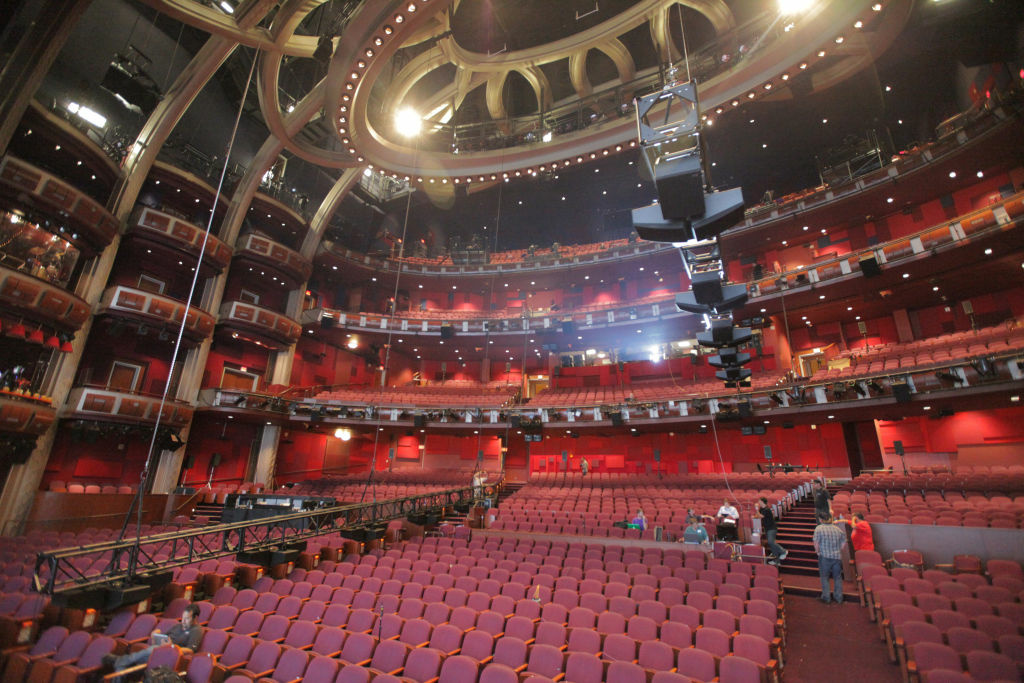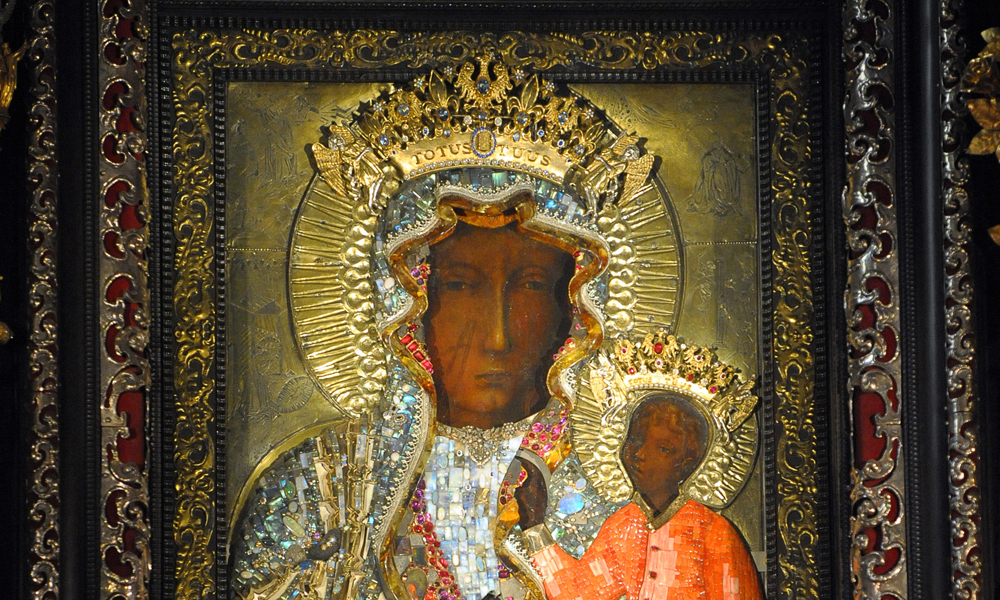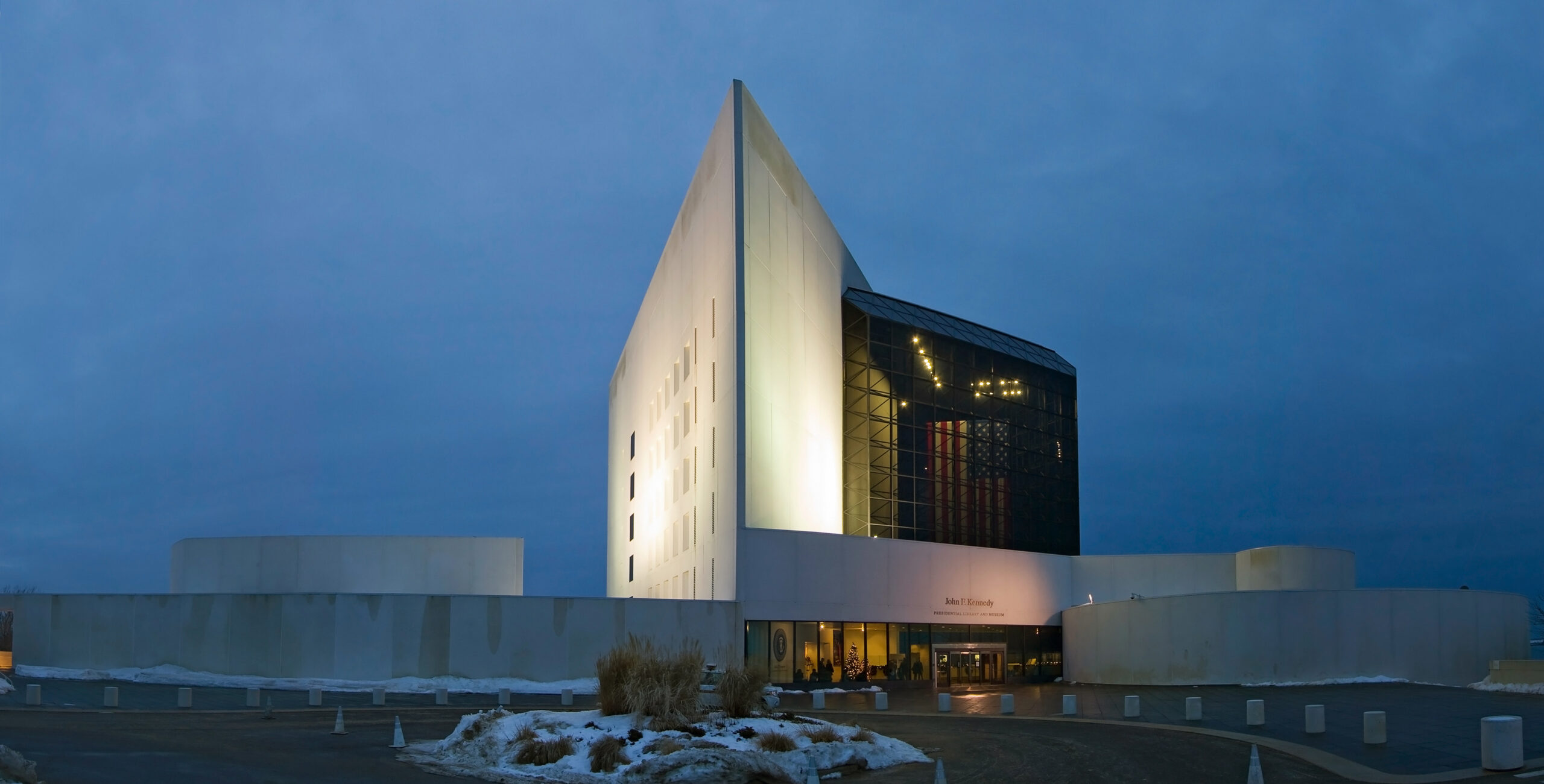The spectacularity of the spire, but especially the hundreds of human and beastly figures carved in the tender Lecce stone, have always provoked the imagination of the people of Salento, who still remember how the land of Soleto has always been "land of màcari" and magic. It had been made in a single night by the magician par excellence, Matteo Tafuri, with the help of devils who, caught still at work as the first light of dawn arrived, were petrified at the four corners of the spire.
It is a very slender square tower (the base side measures just 5.2 meters) and is not tapered in its five archietectonic orders. Due to the subsidence of the foundations resting on red clay it presents a slope toward the south side.
It was built by Raimondello Orsini del Balzo perhaps in order to communicate optically, from the height of its more than 40 meters, with both the shore of the Adriatic Sea (Otranto) and the shore of the Ionian Sea (Gallipoli), actually as a pure symbol of his control over the territory and assertion of power. It was completed in 1397 by Francesco Sulaci da Surbo as attested by an inscription on the terminal parapet. Built on the highest point of Soleto, it remained isolated for almost four hundred years until the façade of the mother church was added to it in 1793.
The ground floor and first order have no windows and incorporate a pre-existing tower within them. The second and third orders are richly decorated with 4 mullioned windows finely carved in Lecce stone, each mullioned window divided by a twisted column ending in a heart-shaped decoration grafted into a trilobed twin arch. The last order consists of an octagonal tiburium with a mullioned window on each side, surmounted by trapezoidal pediments and corner columns supporting winged lions; it is covered by an ogival dome covered with colored majolica tiles, however, which dates from 1750 and rests on a finely worked balustrade. The original pyramid-shaped dome in fact collapsed in the 1734 earthquake. All the mullioned windows and corners of the upper floors are richly decorated with griffins, lions, and anthropomorphic masks. On the balustrade and octagonal cornice on which the dome rests are visible some crudely carved stone bowls that contained oil for night lighting.
